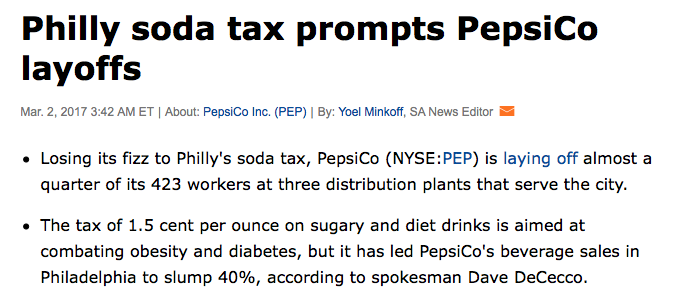Where might Albuquerque Public Schools’ money be going?
04.21.2017
The debate over APS’ budget and whether they are spending their money in the highest and best service of their students is white hot. We at the Rio Grande Foundation consider this discussion long-overdue and important particularly given the likelihood of ongoing budget challenges in New Mexico.
It is very difficult to directly compare APS’ spending to that of districts outside New Mexico (school funding differs dramatically by state), but both the Census Bureau and the National Education Association have some information that we believe sheds considerable light on the issues, especially since APS accounts for such a large portion of the State’s student population.
Dowd Muska outlined some specific reform ideas recently.
We do know that according to the US Census Bureau, New Mexico schools spend a lot on administration relative to other states: 
We also know that New Mexico schools spend a good deal per-pupil more than surrounding states:

Lastly, according to the NEA’s 2016 “Rankings and Estimates,” report (chart H-19), New Mexico’s capital spending is at the high end of national averages ranking 6th-highest in the nation (5th if you eliminate Washington, DC) in terms of capital spending per student:
APS’ role in all of this is up for discussion and debate. We strongly believe that APS has room to cut in some of these areas (as do other districts in New Mexico), but we are pleased to be having this long-overdue discussion and encourage Gov. Martinez to stick to her guns.



























